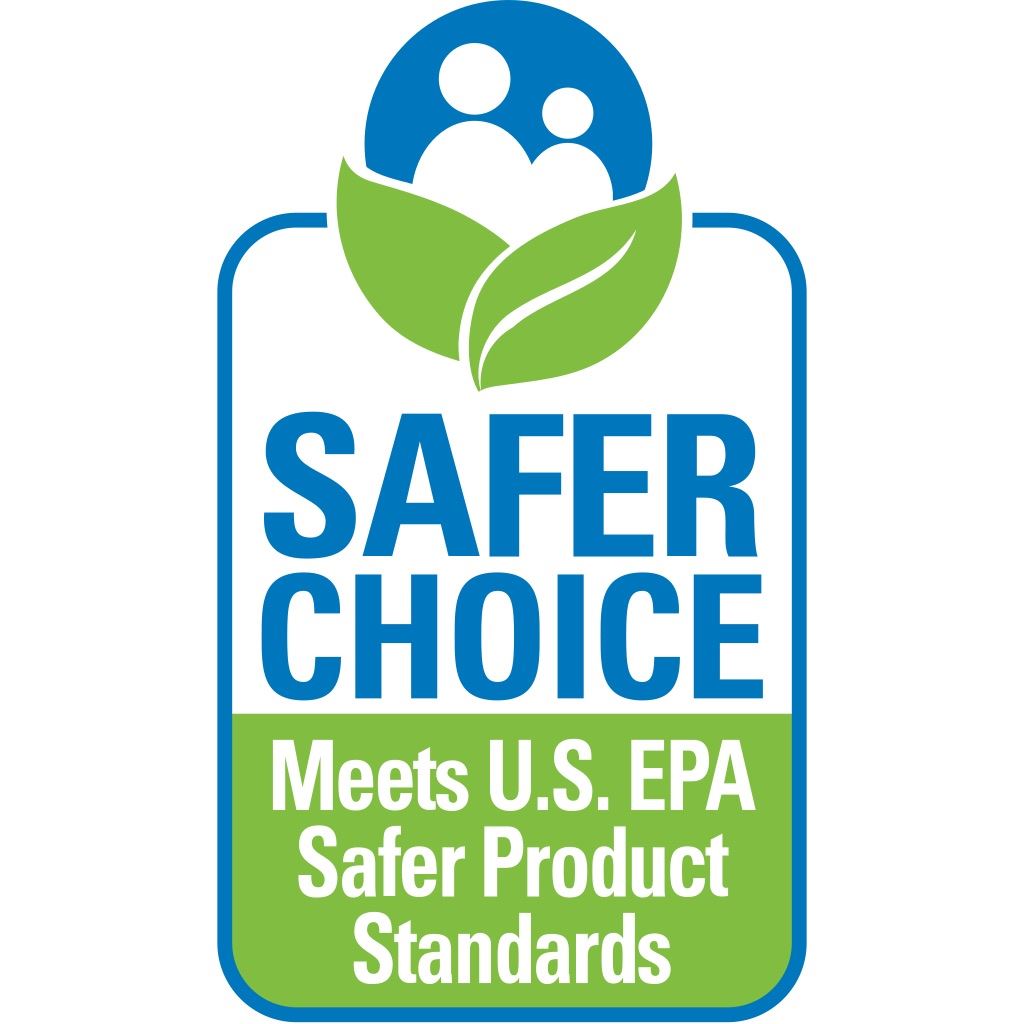Homeowner's Guide
As homeowners in the Spofford Lake Watershed District (SLWD), we are among the very few and fortunate who have an immediate impact on our clean and beautiful glacial lake. We are the frontline stewards of Spofford Lake. That ‘privilege’ comes with a greater responsibility to tend to Spofford, to preserve, protect, and sustain the Lake's environmental ecological and recreational character for current and future generations. Beaches & Sand, Docks, Swim Lines We’ve devoted a whole web page to these topics. Click here to read more. Land and Lawn Management Where can I learn about managing vegetation on my property? Check out the DES Fact Sheet on Vegetation Management for Water Quality in the orange sidebar or watch the DES's YouTube video on Vegetation Management. Why is important to maintain trees and shrubs on my property? The best vegetation for healthy waterbodies is native plants as they are better adapted to the local environment and have more robust roots systems that hold the soil better and act as a superior filter. Examples are oaks, pines, willows, and blueberry bushes. These plants slow down, absorb, and purify stormwater better than plants with shallow roots like lawns and mulched garden beds. Plants help remove oil, heavy metal, fertilizers, and other matter from storm runoff before they enter Spofford Lake. Shrubs and trees also provide habitat, shade, and food for birds, insects, and even fish. What rules have the State put in place? Spofford Lake is a State waterbody. To protect the surrounding area, the Shoreland Protection Water Quality Act regulates the removal of ground cover, shrubs, and trees within 250 feet of the water. The first 50 feet from the water is known as the ‘waterfront buffer’. The next 100 feet is the ‘woodland buffer.’ Different rules, including the necessity of a permit, apply within each buffer zone.
As a property owner, how can I protect and improve Spofford’s water quality? Learn about the Lake's vulnerabilities by visiting our Water Quality and Reducing Stormwater Runoff pages. Take action to maintain and improve Spofford Lake's water quality:
1. encourages “lake aging,” through plant growth and resulting decay, 2. introduces new nutrients and contaminants into the Lake that result in higher phosphorous and lower dissolved oxygens levels, and 3. makes shallower passages for all boat traffic.
|
Septic Systems and Maintenance
Page updated April 9, 2024


